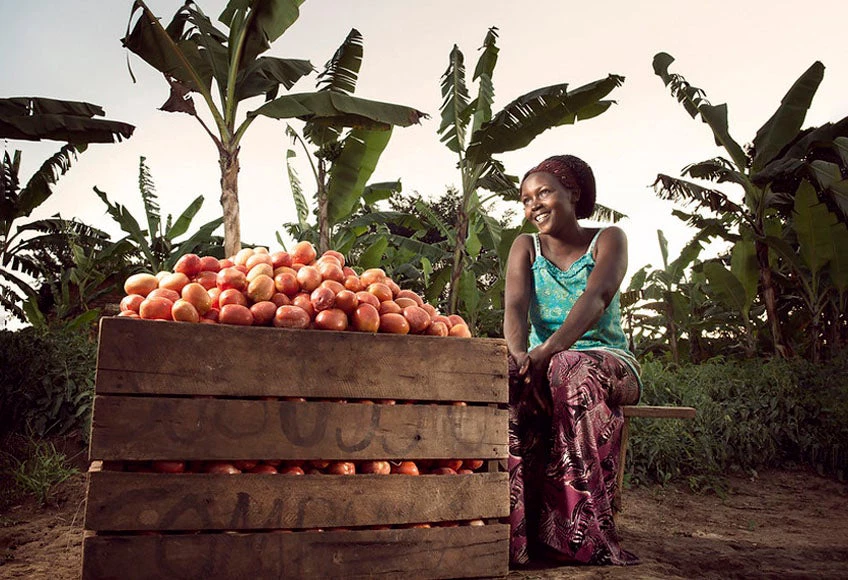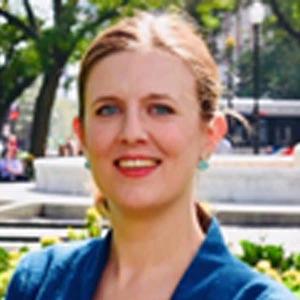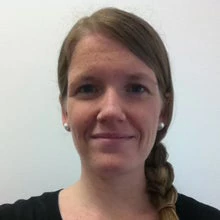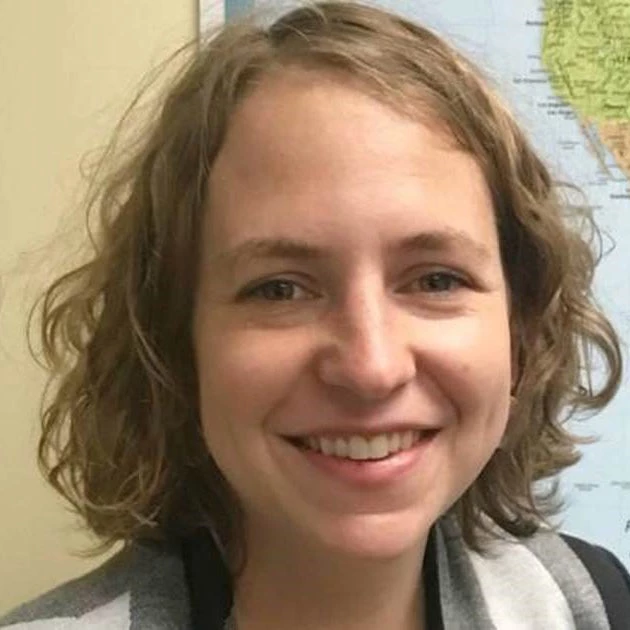
Data production challenges are often recognized in global assessments of gender data gaps, but too little is done in practice to overcome them. Even when international guidelines and standards for key gender data are available, they may not be applied consistently and coherently. The World Bank’s Strengthening Gender Statistics (SGS) project works to change that. Here we shed light on how gender data gaps in the economic domain can be filled more systematically.
Why we are falling behind on our gender data commitments – and what to do about it
The SGS project was born out of the realization that we need to be much more strategic and systematic in the way we go about filling gender data gaps. While we know very well that gender data gaps exist and why they arise (see this overview) we are lagging in tackling these issues. The project follows a pragmatic approach focusing on specific and targeted adjustments to survey design and implementation as part of ongoing World Bank statistical capacity operations. Let’s take a look at data related to women’s economic empowerment to get a sense of how we can get on track to meet the ambitious gender data requirements.
Tackling measurement issues to pave the way for better data
Significant investments have been made to address methodological concerns and practical challenges related to economic gender data. The United Nations Sustainable Development Goals (SDGs) require sex-disaggregated data on asset ownership, labor, time use, and roles in family enterprises. To meet these ambitious data requirements, significant effort has gone into developing new guidelines and standards through initiatives such as the United Nations Evidence and Data for Gender Equality (EDGE) project, the Living Standards Measurement Study - Plus (LSMS+) Program and the Women’s Work and Employment (WWEP) project and partnerships with the United Nations Women Count program and the International Labour Organization (ILO).
Overcoming barriers to adoption of survey advice
Despite these efforts, the methodological advances in measuring women’s economic empowerment have not translated seamlessly into survey operations. The findings from the new guidelines are often dense, hard to digest, and scattered across different documents, making it difficult for survey practitioners to consider the extensive recommendations during questionnaire review and ultimately resulting in limited adoption in survey practice. To overcome the “know-do gap,” the SGS project released a guidance note that distills the latest recommendations from the LSMS+ and WWEP to support their operationalization in ongoing and future survey operations.
Targeted Survey Guidance
The guidance note provides targeted and strategic advice on how to operationalize methodological advances in questionnaire design and respondent selection related to women’s economic empowerment, focusing on three key dimensions: asset ownership and control, work and employment, and entrepreneurship. The proposed adjustments are within reach of National Statistical Offices (NSOs) and survey practitioners and can have an outsized effect on their capacity to generate more and better gender statistics. Guidance is provided specifically for data collection on the 24 SDG and United Nations (UN) Statistical Division’s Minimum List of Gender Indicators related to these topics and the guidance document is accompanied by sample questionnaire modules to aid survey practitioners.
- The recommended questions on assets follow the UN EDGE Guidelines for Producing Statistics on Asset Ownership from a Gender Perspective and LSMS+ Operational Guidance and ensure that, at a minimum, countries collect data on three asset classes—land, mobile phones, and financial accounts. Additionally, the recommended questionnaire modules allow respondents to report multiple owners of a given asset since assets are often owned at the individual- rather than household-level.
- The recommended questions on labor follow those outlined in the WWEP guidebook on how to measure employment and work in multi-topic household surveys, in accordance with standards adopted at the 19th International Conference of Labor Statisticians (ICLS)—inclusive of questions on time spent in non-market work such as collecting water and fuel, food processing, child care and domestic activity, intended use of any agricultural production (whether for market or own use), along with paid work/employment.
- And finally, the guidance outlines best practices for respondent selection and fieldwork implementation. While emphasizing that collecting individual-level data is a prerequisite for meaningful sex-disaggregation and that ideally each woman and man 18 years of age and older should self-report personal information on asset ownership and control, work and employment, and entrepreneurship, the guidelines also provide guidance on how to improve even proxy reporting for when budget and time constraints do not allow for individual interviews with all household members.
Hitting the accelerator to fill gender data gaps
Each recommendation in and of itself may seem trivial but combined they will allow countries to improve their ability to collect meaningful gender statistics. To further decrease adoption barriers, the SGS project is offering tailored training to partner NSOs on how to incorporate the recommendations into their planned multi-topic household surveys. Of course, the work doesn’t stop there: each survey design tweaked needs to be complemented by survey analysis and dissemination efforts to make sure that the new data becomes accessible and is picked up for decision-making. Make sure to check out the SGS website for additional resources and global knowledge products.




Join the Conversation